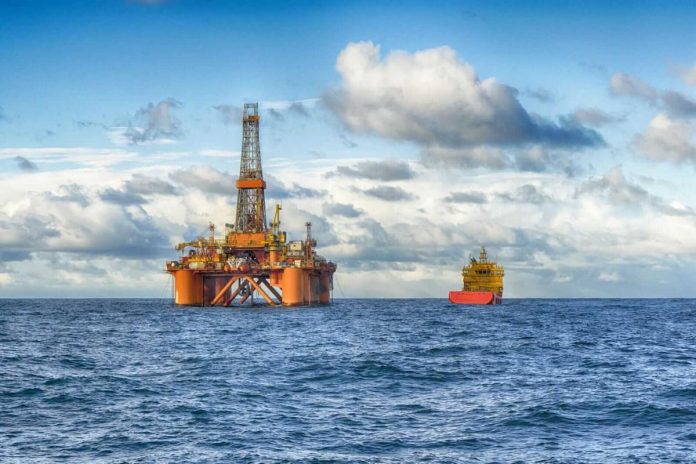August WTI crude oil (CLQ25) Monday closed down -0.41 (-0.63%), and August RBOB gasoline (RBQ25) closed up +0.27 (+0.13%).
Crude oil and gasoline prices on Monday settled mixed. Crude was under pressure Monday due to expectations that OPEC+ will increase its crude production level by another 411,000 bpd when they meet on Sunday. Comments from President Trump also weighed on crude prices when he said he might back sanctions relief for Iran “if they can be peaceful.”
Losses in crude were limited Monday after the dollar index (DXY00) fell to a 3-1/4-year low. Also, Monday’s rally in the S&P 500 to a new record high shows confidence in the economic outlook, which is supportive of energy demand and crude prices.
Concern about a global oil glut is negative for crude prices. Last Wednesday, Russia stated that it is open to another output hike for OPEC+ crude production in August, when the group meets this Sunday. On May 31, OPEC+ agreed to a 411,000 bpd crude production hike for July after raising output by the same amount for June. Saudi Arabia has signaled that additional similar-sized increases in crude output could follow, which is viewed as a strategy to reduce oil prices and punish overproducing OPEC+ members, such as Kazakhstan and Iraq. OPEC+ is boosting output to reverse the 2-year-long production cut, gradually restoring a total of 2.2 million bpd of production. OPEC+ had previously planned to restore production between January and late 2025; however, production cuts won’t be fully restored until September 2026. OPEC May crude production rose +200,000 bpd to 27.54 million bpd.
Weakness in US economic news is negative for energy demand and crude prices. Monday’s Jun MNI Chicago PMI report unexpectedly fell -0.1 to 40.4, weaker than expectations of an increase to 43.0 and the weakest report in 5 months. Also, the June Dallas Fed manufacturing outlook survey rose +2.6 to -12.7, weaker than expectations of -10.0.
Gasoline prices have support from the American Automobile Association (AAA) projection that a record 61.6 million people will travel by car this Fourth of July holiday (June 28 to July 6), up +2.2% from last year and a sign of stronger gasoline demand.

